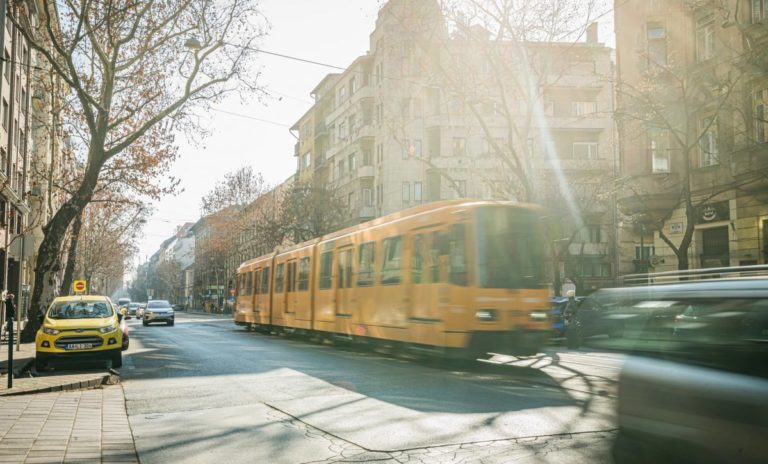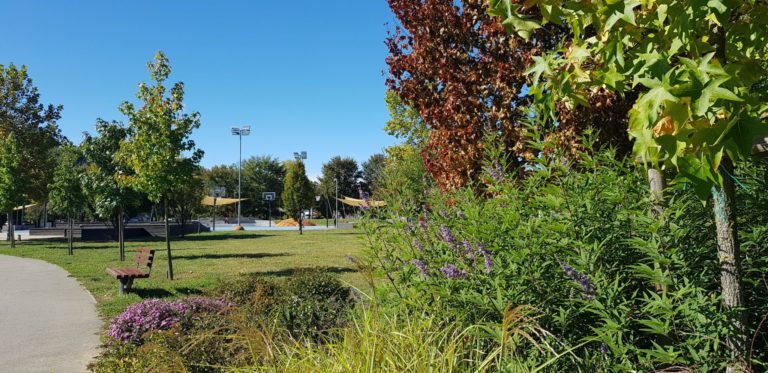Adjusting to a new city is an adventure full of excitement and challenges. Budapest, with its rich history, impressive architecture and vibrant culture, is no exception. To integrate smoothly, it is essential to know the practicalities, such as currency and transport, as well as understanding the city’s urban structure. This guide provides the basics to start adapting to a new city and tells a little of my personal experience of the 7 days I have been living in this beautiful city. Common Errors on Arrival Lack of prior information: Not knowing the local customs and rules of coexistence can lead to misunderstandings. For example, it is normal in Budapest and Hungary to greet people with a handshake, rather than with two kisses as is common in Spain or Portugal. In addition, it is not uncommon to make a mistake when using public transport. It is important to always validate your…
Budapest is a city that combines historical architecture and modernity with an abundance of green spaces. Despite being one of Europe’s liveliest capitals, nature blends harmoniously into its urban environment, offering havens of biodiversity amidst the hustle and bustle. Nature in parks, avenues and gardens not only beautify the city, but also play a crucial role in the quality of life of its inhabitants and in the conservation of local fauna. In addition, these green spaces serve as urban lungs, regulating temperature and improving air quality in an environment increasingly affected by urbanisation and traffic. Flora: Budapest’s green spaces are home to a wide variety of plant species, providing shade and beautifying the city. Among the most common trees are the lime trees (Hársfa), which are very common in the area, the oaks (Tölgyfa), which provide shelter for birds and small mammals, and the horse chestnut trees (Vadgesztenye), which bloom…


